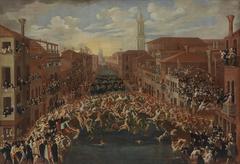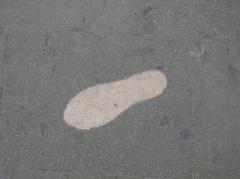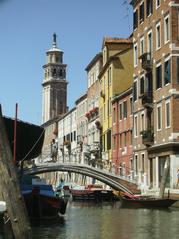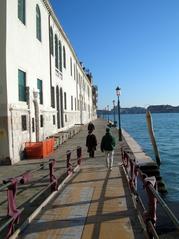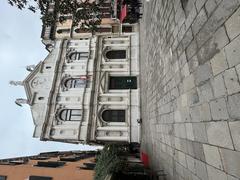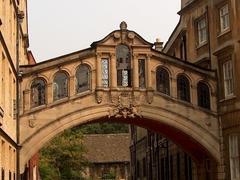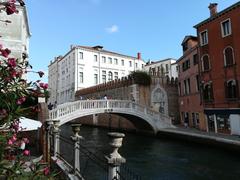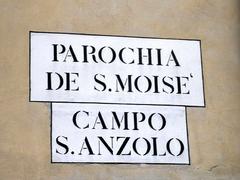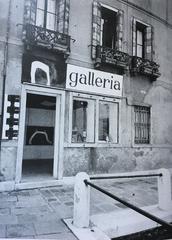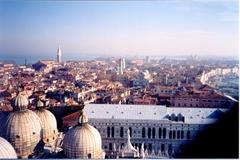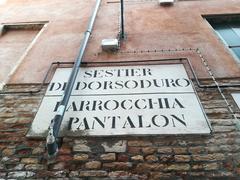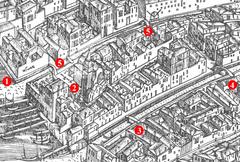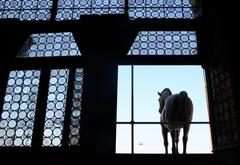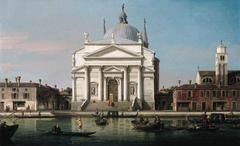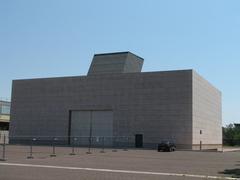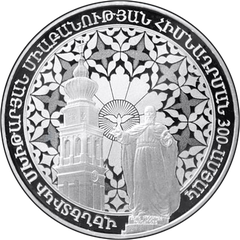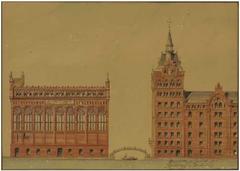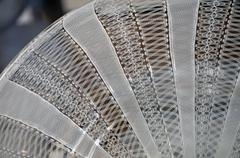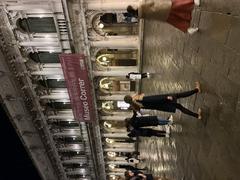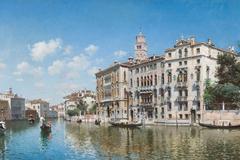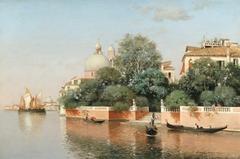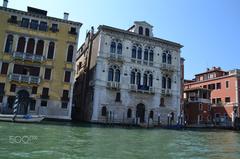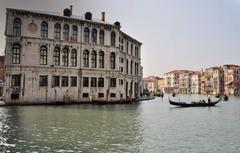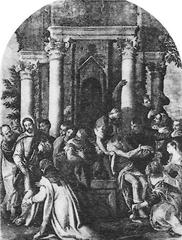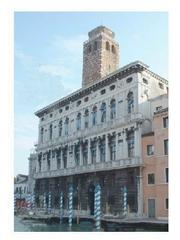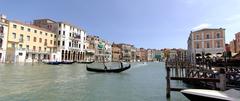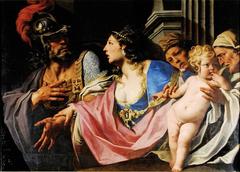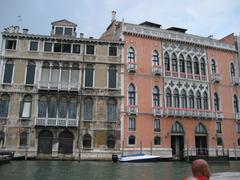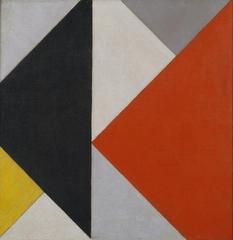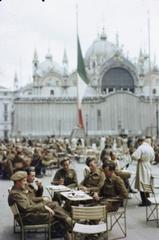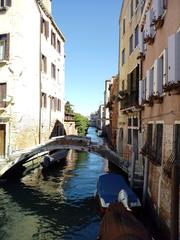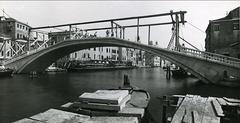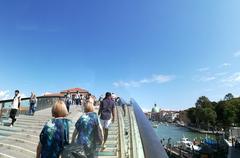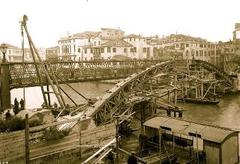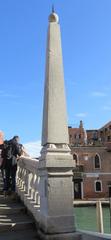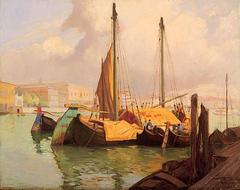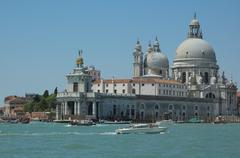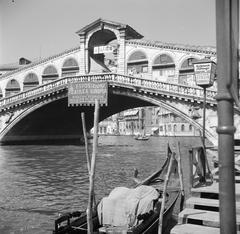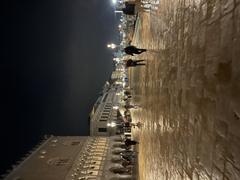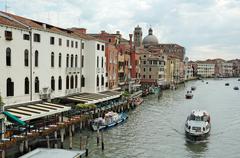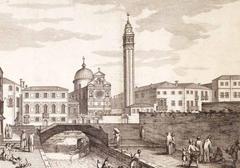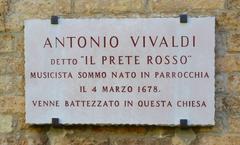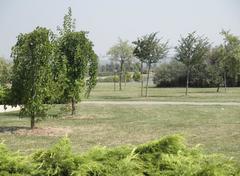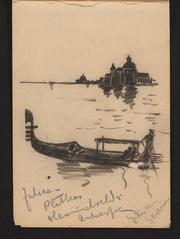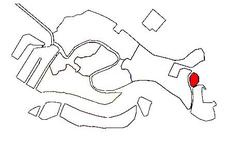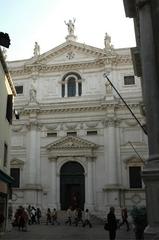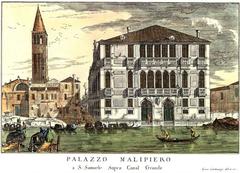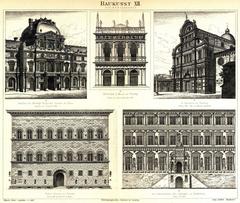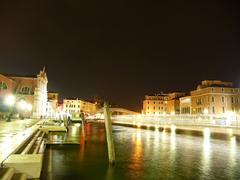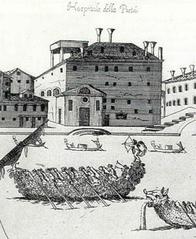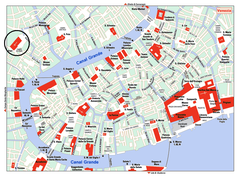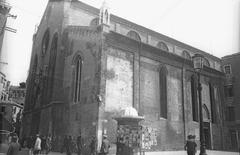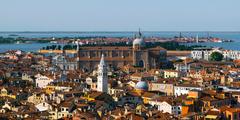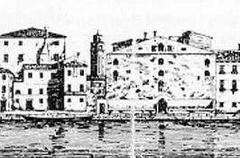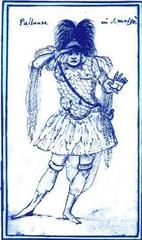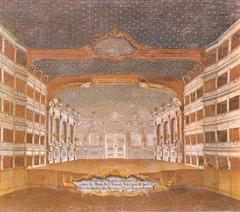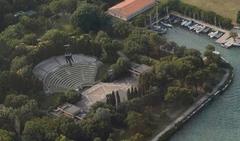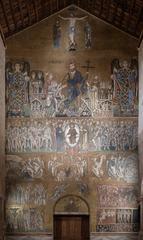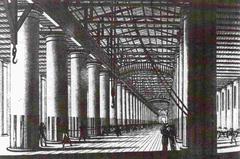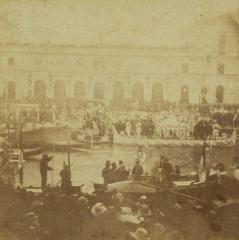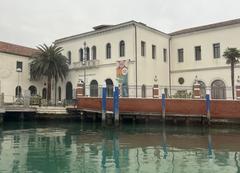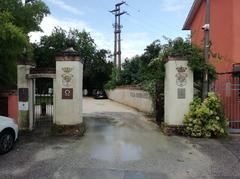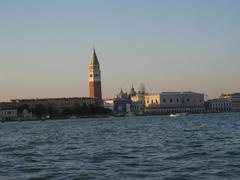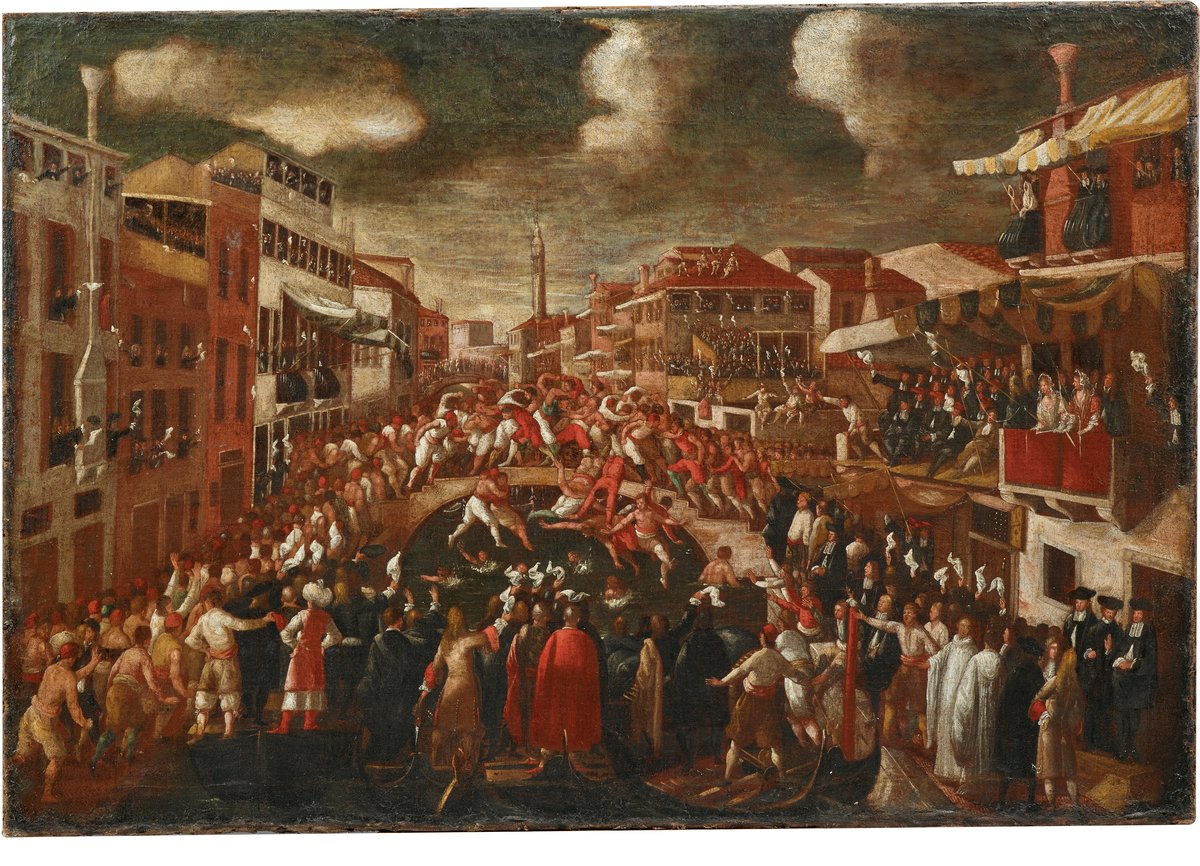
Guide to Visiting Ponte dei Pugni, Venice, Italy
Date: 24/07/2024
Introduction
Ponte dei Pugni, or the ‘Bridge of Fists,’ is one of Venice’s hidden historical gems. Located in the Dorsoduro district, this small yet significant bridge holds a fascinating place in Venetian history. From its origins as a battleground for rival clans to its transformation into a popular tourist attraction, the Ponte dei Pugni offers a unique glimpse into Venice’s past. This guide aims to provide a comprehensive overview of its rich history, visitor information, and travel tips to enhance your visit to this unique site. Whether you’re a history enthusiast or a casual traveler, exploring the Ponte dei Pugni will undoubtedly add depth to your Venetian experience (Introducing Venice, Atlas Obscura).
Table of Contents
- Introduction
- Historical Background of Ponte dei Pugni
- Visitor Information
- Modern-Day Significance
- Nearby Attractions
- Preservation and Restoration
- FAQ
- Conclusion
- References
Historical Background of Ponte dei Pugni
Origins and Early History
The Ponte dei Pugni, or ‘Bridge of Fists,’ is a small yet historically significant bridge located in the Dorsoduro district of Venice, Italy. The bridge spans the Rio di San Barnaba canal and is renowned for its unique and violent history. The origins of the bridge’s name and its historical significance date back to the 14th century when it became a battleground for rival Venetian clans.
The Rival Clans - Nicolotti and Castellani
The primary participants in the battles on the Ponte dei Pugni were the Nicolotti and the Castellani clans. These two factions represented different neighborhoods in Venice and were known for their fierce rivalry. The Nicolotti hailed from the western sestieri, while the Castellani were from the eastern sestieri. The rivalry between these clans was deeply rooted in the social and political fabric of Venice, often manifesting in violent confrontations (Introducing Venice).
The Tradition of Fist Fights
The tradition of fistfights on the Ponte dei Pugni began in earnest around the 1600s. These fights were not random acts of violence but organized events that took place annually, typically from September to Christmas. The goal of these confrontations was to knock the opponent into the canal below, as the bridge originally had no railings. The fights were a form of entertainment and a way for the clans to assert dominance over each other (Atlas Obscura).
The Structure of the Bridge
Architecturally, the Ponte dei Pugni is relatively simple, constructed from stone and bricks with iron, cross-shaped railings supported by Istrian stone columns. The bridge’s most distinctive feature is the four white marble footprints embedded in its pathway. These footprints mark the starting positions of the fighters, a testament to the bridge’s combative past (We The Italians).
The Decline of the Fist Fights
As the 1600s drew to a close, the popularity of the fistfights began to wane. Aristocrats who had previously attended and sponsored fighters started to lose interest, turning their attention to other forms of entertainment. The final nail in the coffin came on September 29, 1705, when a particularly violent altercation escalated from fistfights to a full-blown brawl involving knives and stones. This incident, which ended in a bloodbath, led to the official outlawing of the fights by the ruling Council of Ten (Atlas Obscura).
Cultural Impact and Legacy
Despite the official ban, the legacy of the fights on the Ponte dei Pugni lived on in Venetian culture. The fighters and their battles were celebrated in poetry, painting, and myth for decades after the last fight. One notable depiction is the painting ‘Contest on the Fists Bridge in Venice’ by Joseph Heintz the Younger, created in 1673, which captures the chaotic and spirited nature of these events (Wikipedia).
Visitor Information
Opening Hours
Ponte dei Pugni is accessible 24/7, but it’s best enjoyed during daylight hours.
Tickets
There is no entrance fee to visit the bridge.
Location
The bridge is located in the Dorsoduro district, near Campo San Barnaba.
Modern-Day Significance
Today, the Ponte dei Pugni is a popular tourist attraction, not for its architectural grandeur but for its unique history. The bridge now has railings, but the marble footprints remain, serving as a historical marker for visitors. The bridge’s location in the charming Dorsoduro district, near the Campo San Barnaba, makes it a convenient stop for those exploring Venice’s less touristy areas (Compass and Pine).
Nearby Attractions
While visiting the Ponte dei Pugni, consider exploring other nearby attractions such as the Ca’ Rezzonico, a museum of 18th-century Venice, and the Gallerie dell’Accademia, home to an extensive collection of Venetian art.
Preservation and Restoration
In 2005, the marble footprints on the Ponte dei Pugni were restored to preserve this unique aspect of Venetian history. This restoration effort underscores the importance of maintaining historical landmarks, not just for their aesthetic value but for their cultural and historical significance (Atlas Obscura).
FAQ
What are the opening hours of Ponte dei Pugni?
Ponte dei Pugni is open to visitors all day, every day.
Is there an entrance fee for Ponte dei Pugni?
No, visiting Ponte dei Pugni is free of charge.
Conclusion
The Ponte dei Pugni stands as a testament to Venice’s rich and tumultuous history. From its origins as a battleground for rival clans to its current status as a historical landmark, the bridge encapsulates a unique aspect of Venetian culture. Visitors to Venice can walk across the bridge, imagining the cheers and jeers of the crowds that once gathered to watch the epic battles unfold. The preservation of the marble footprints ensures that the legacy of the Ponte dei Pugni will continue to be remembered for generations to come. By exploring the Ponte dei Pugni, you not only connect with Venice’s past but also gain a deeper understanding of its cultural and social dynamics. This bridge is more than just a historical site; it is a symbol of the enduring spirit of Venice (We The Italians, Compass and Pine).
References
- Introducing Venice, n.d., https://www.introducingvenice.com/ponte-dei-pugni
- Atlas Obscura, n.d., https://www.atlasobscura.com/places/ponte-dei-pugni-bridge-of-fists
- We The Italians, n.d., https://www.wetheitalians.com/from-italy/most-unusual-venices-bridges-ponte-dei-pugni
- Compass and Pine, n.d., https://compassandpine.com/europe/italy/venice/venice-hidden-gems/

